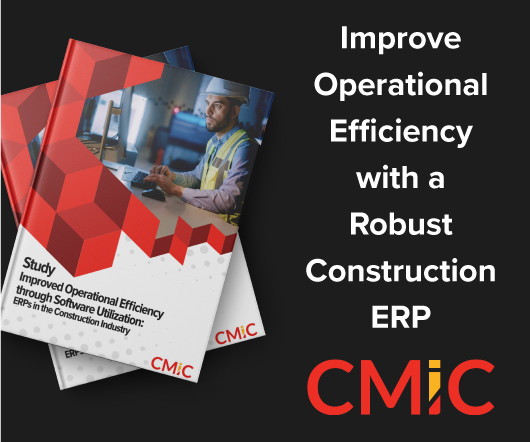How Thick Should a Concrete Slab be?
The Constructor
JANUARY 27, 2019
Thickness of concrete slab depends on loads and size of the slab. In general, 6 inch (150mm) slab thickness is considered for residential and.

The Constructor
JANUARY 27, 2019
Thickness of concrete slab depends on loads and size of the slab. In general, 6 inch (150mm) slab thickness is considered for residential and.

Green Building Law Update
JANUARY 27, 2019
The City of St. Petersburg, Florida passed a progressive ordinance last week mandating that City infrastructure projects and newly constructed and renovated City building be third party certified as green. The new Ordinance 359-H, passed by the St. Petersburg City Council on January 17, 2019 and awaiting the Mayor’s signature, supersedes the prior Executive Order 2017-01 Sustainable St.
This site is protected by reCAPTCHA and the Google Privacy Policy and Terms of Service apply.

The Constructor
JANUARY 27, 2019
The selection and computation of slab thickness including different types of slabs is a major step in the design process. If proper procedure for.

CivilSeek
JANUARY 27, 2019
So, Let’s Get Started. A beam is a horizontal member provided to transfer the load from the upper structure to column and walls or foundation. It can transfer both dead. Read more Difference Between Plinth Beam and Tie Beam. The post Difference Between Plinth Beam and Tie Beam. appeared first on CivilSeek.

Advertisement
The Verdantix Green Quadrant: EHS Software 2023 is an independent third-party analysis of 23 EHS software vendors (including Intelex) that provides an in-depth look at the technical capabilities, application breadth, innovation focus, and momentum of key environmental, health, and safety management software market players. The guide is essential reading for EHS software benchmarking, especially for understanding unique vendor strengths and capabilities.

The Constructor
JANUARY 27, 2019
Rubber balloon test method is an in-situ test conducted to determine field density of soils especially compacted soils. Apparatus required, test.
Professional Constructor Central brings together the best content for construction professionals from the widest variety of industry thought leaders.

Construction Cost Estimating
JANUARY 27, 2019
Generally, steel or concrete is used in formwork to build part of the permanent structure. Temporary formwork can be struck and recycled from any inexpensive and easily worked material, timber, steel and GRC/GRP. The formwork that should be utilized under the water, should abide by the following conditions : a. Support the concrete in its designed profile during the plastic phase b.

ENR Construction
JANUARY 27, 2019
ENR NY Legacy Award winner is still hard at work ensuring they earn merit for contribution to architecture's history and its future.

ENR Construction
JANUARY 27, 2019
Once again, we'll be using Dodge data and other information to determine the Top Starts — construction projects that broke ground in 2018 — in New York and New Jersey.

ENR Construction
JANUARY 27, 2019
ENR Southeast previews its Top Starts ranking of the largest projects in the Southeast region to start construction during 2018.

Advertisement
As the use of Enterprise Resource Planning systems in the construction industry is critical to optimizing operations, it's critical that decision makers conduct a thorough software evaluation to find the one that best aligns to their needs.

ENR Construction
JANUARY 27, 2019
B&V taps a former Siemens exec as new power unit CEO.
Let's personalize your content